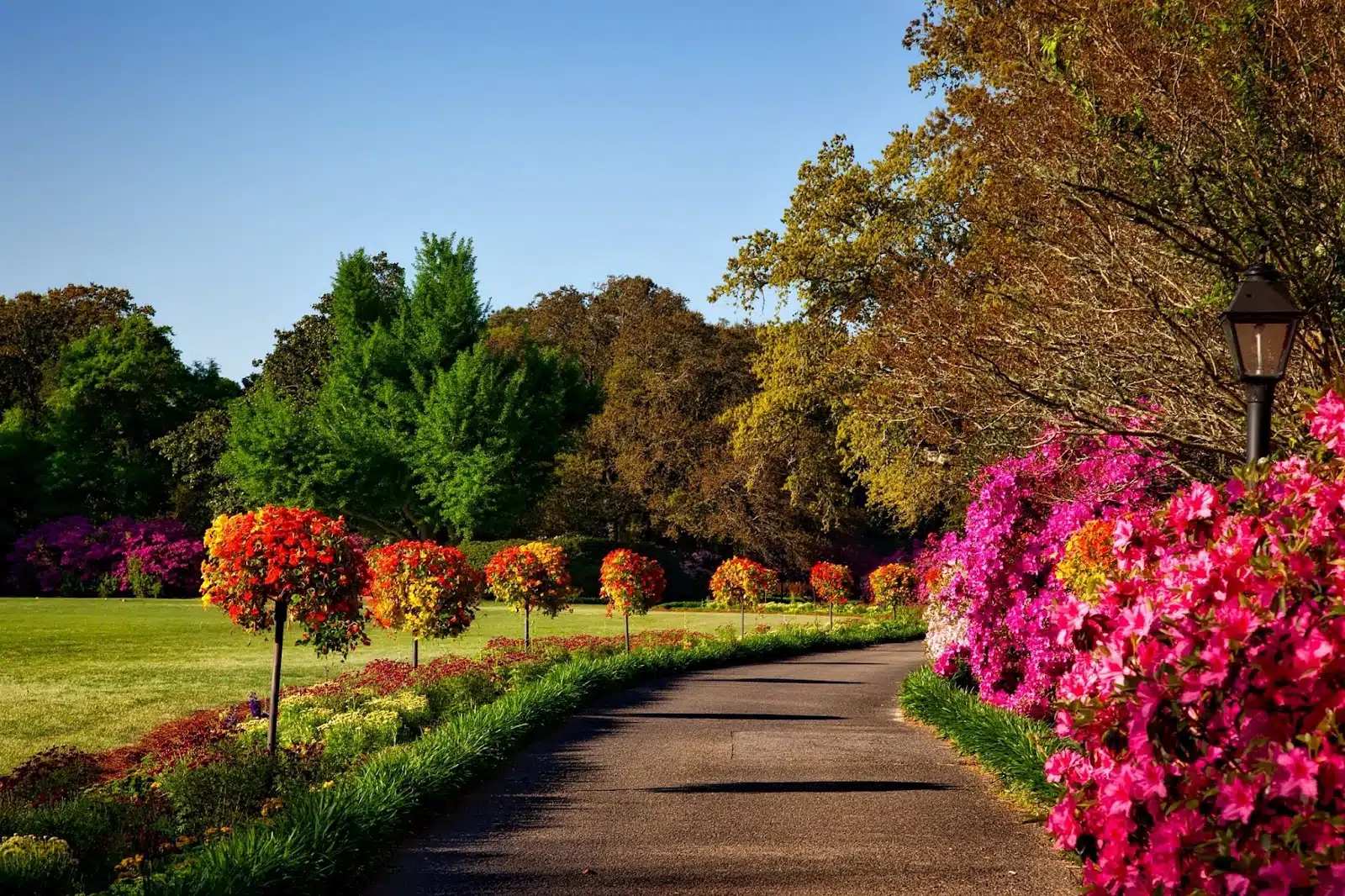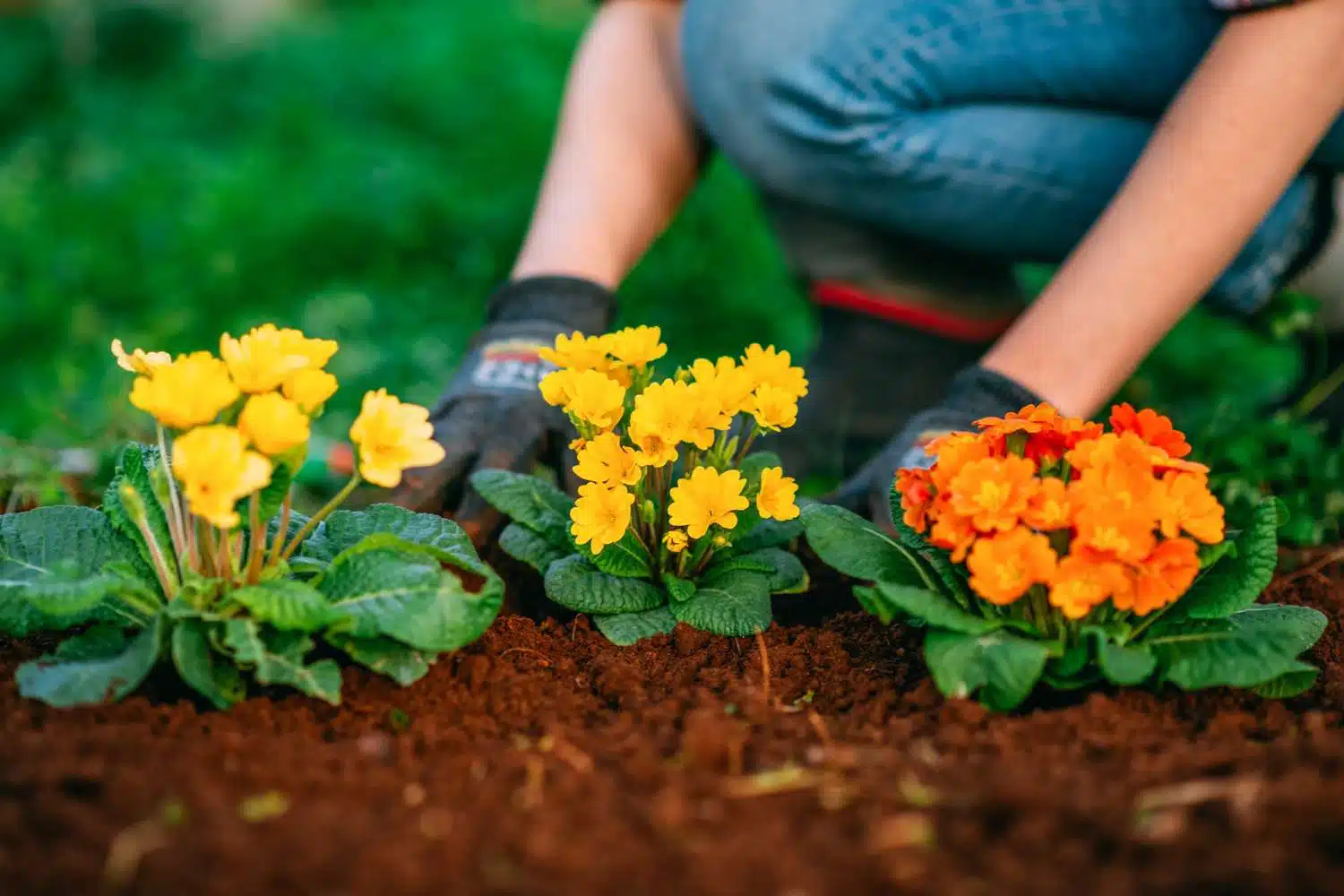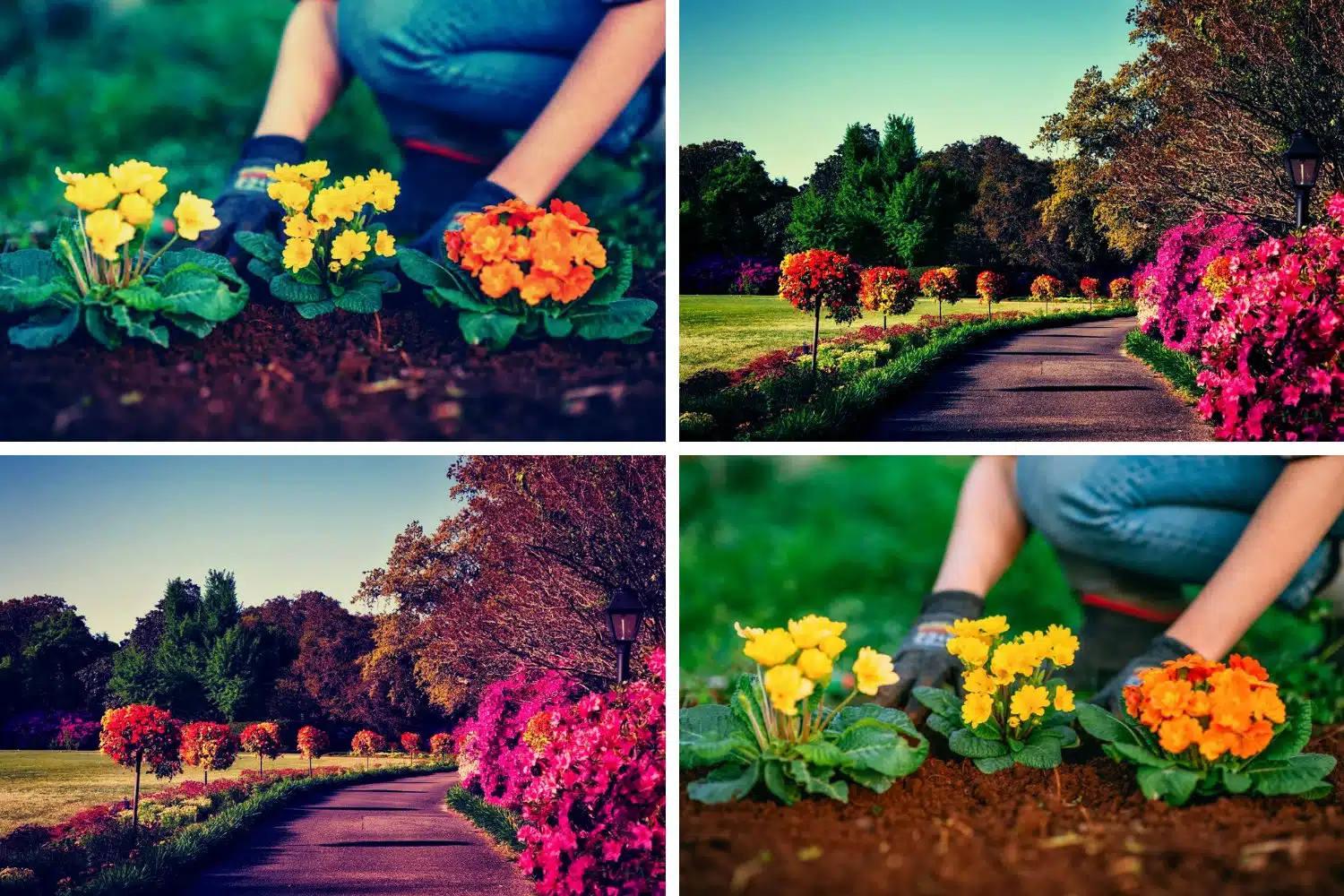When it comes to spending time outside, few activities can match the serenity and delight of tending to a flower garden. Blooms offer a beautiful feast for the eyes and an undeniable sense of accomplishment. Whether you’re a green thumb hopeful looking for a new hobby or someone simply captivated by the vibrant allure of flowers, starting your own flower garden can be an enriching experience. If you’ve been feeling overwhelmed about where to start, don’t worry.
Here’s a helpful guide on How To Start A Flower Garden with 15 beginner-friendly tips to turn your flower garden dreams into a blooming reality.
1. Get Inspired

The first step towards starting your flower garden is to find your muse. One way to spark your gardening creativity is to subscribe to a flower delivery service. With a variety of different blooms gracing your home each month, you’ll be exposed to a wide range of colors, textures, and fragrances.
Being consistently inspired by a flower subscription will help you narrow down what you like and what you might want to include in your garden. Plus, it’ll serve as a constant reminder of your gardening goal.
2. Understand Your Climate
Different flowers thrive in different climates. Some flowers prefer the cool, wet weather, while others love the sun’s heat. Knowing your local climate can help you choose the plants that will flourish in your garden. Research which flowers are native to your area as they’re already adapted to your local conditions.
3. Evaluate Your Soil

It’s not just the climate that affects a flower’s growth; the soil plays a vital role too. Some flowers prefer acidic soil, while others prefer alkaline. Have a soil test done to know what you’re working with and amend it accordingly.
4. Pick The Right Spot
Selecting the right location for your garden is a crucial aspect that should not be overlooked. You’ll need to find a place that is exposed to sunlight for at least six to eight hours each day since most flowers need this amount of sunlight to thrive.
In addition to sunlight, pay attention to the drainage capabilities of your chosen spot. Standing water can drown your flowers, so you need a location where water can easily drain away. Lastly, your garden should be easily accessible for regular maintenance and watering.
5. Start Small
The idea of a large, sprawling flower garden might sound enticing, but for a beginner, it can quickly become overwhelming. Instead, start with a manageable size that you can comfortably take care of.
This will allow you to learn the basics without feeling burdened. Once you’ve gained confidence and understood the nuances of maintaining a garden, you can gradually increase the garden’s size.
6. Choose The Right Flowers
As a beginner, you’ll want to choose flowers that are forgiving and easy to grow. Some flowers like sunflowers, marigolds, zinnias, and pansies are especially beginner-friendly. These resilient species can withstand a certain amount of neglect and still manage to bloom brightly, providing encouragement for the novice gardener. To naturally help nurture your flower garden, you might want to look into getting honey bees. Understanding the role of honey bees in pollination can help you create a garden that is not only beautiful but also beneficial for these essential pollinators.
7. Learn About Companion Planting
In nature, certain plants grow better when they’re placed near compatible species, a concept known as companion planting. By understanding which plants complement each other, you can create a harmonious flower garden that maximizes the use of your space while promoting robust plant growth.
8. Invest In Good Quality Tools
Just like any other craft, gardening also requires the right tools. Invest in good quality basics such as a sturdy trowel for digging, a pair of robust gloves to protect your hands, a watering can for controlled watering, and a solid pair of pruning shears for trimming your plants. High-quality tools not only last longer but also make your gardening tasks easier and more efficient.
9. Prepare The Beds
Before planting, you need to adequately prepare your garden beds. This includes removing any existing grass or weeds and breaking up and aerating the soil with a garden fork or tiller. Incorporating organic matter such as compost can significantly improve soil structure, making it more conducive to plant growth.
10. Plant At The Right Time
Planting your flowers at the right time is vital. For most flowers, this is after the last frost of the season. However, some seeds need to be started indoors several weeks before the final frost date.
Always check the instructions on seed packets or plant tags for specific planting times to ensure your flowers have the best chance of survival.
11. Mulch Your Garden
Mulching your garden can benefit it in multiple ways. Mulch helps retain moisture in the soil, suppresses weed growth, and can regulate soil temperature, which are all crucial for the health of your plants. Organic mulches, such as wood chips or compost, can also improve soil fertility over time, adding vital nutrients to your flower beds.
12. Water Wisely
It’s easy to assume that more water equals healthier plants, but overwatering is a common beginner mistake. Most flowers actually prefer their soil to be on the dry side rather than too damp. It’s best to water deeply, ensuring the moisture reaches the roots, and then wait until the soil is slightly dry before watering again.
13. Regular Maintenance
Keeping your garden in tip-top shape requires regular maintenance. This includes routine weeding, pruning, and deadheading (the process of removing faded blooms to promote further flowering). Regular care will keep your plants healthy and your garden looking its best. Plus, you might find these routine tasks meditative and rewarding.
14. Patience Is Key
Remember, plants operate on their own timetable. It’s essential to understand that gardening is a process that requires time and patience. If your plants don’t bloom right away or if your garden isn’t looking quite as you envisioned, don’t be disheartened. Every garden takes time to establish, and the joy of gardening is often found in the journey, not just the destination.
15. Learn From Any Mistakes
Every gardener, no matter how experienced, makes mistakes. Instead of getting discouraged, see these as learning opportunities. Each mistake brings you one step closer to becoming a skilled gardener.
In Conclusion
Starting a flower garden can seem daunting, but with these beginner-friendly tips, you’ll be well on your way to creating a garden that brings joy and beauty into your life. Remember, the process is just as important as the end result. Every hour spent tending to your garden will not only result in beautiful blooms but also a newfound appreciation for the delicate intricacies of nature. Embrace the journey, and before you know it, you’ll not only have a garden full of vibrant flowers, but you’ll also have a new favorite pastime






